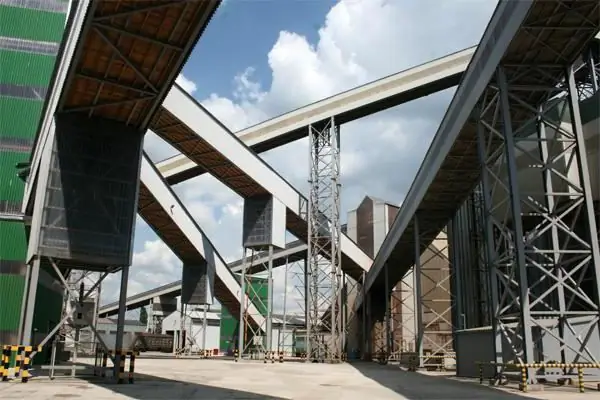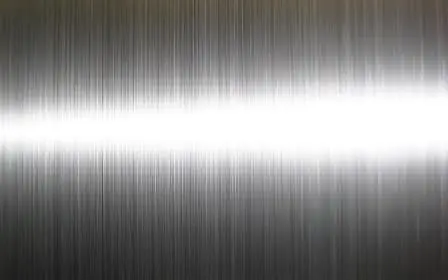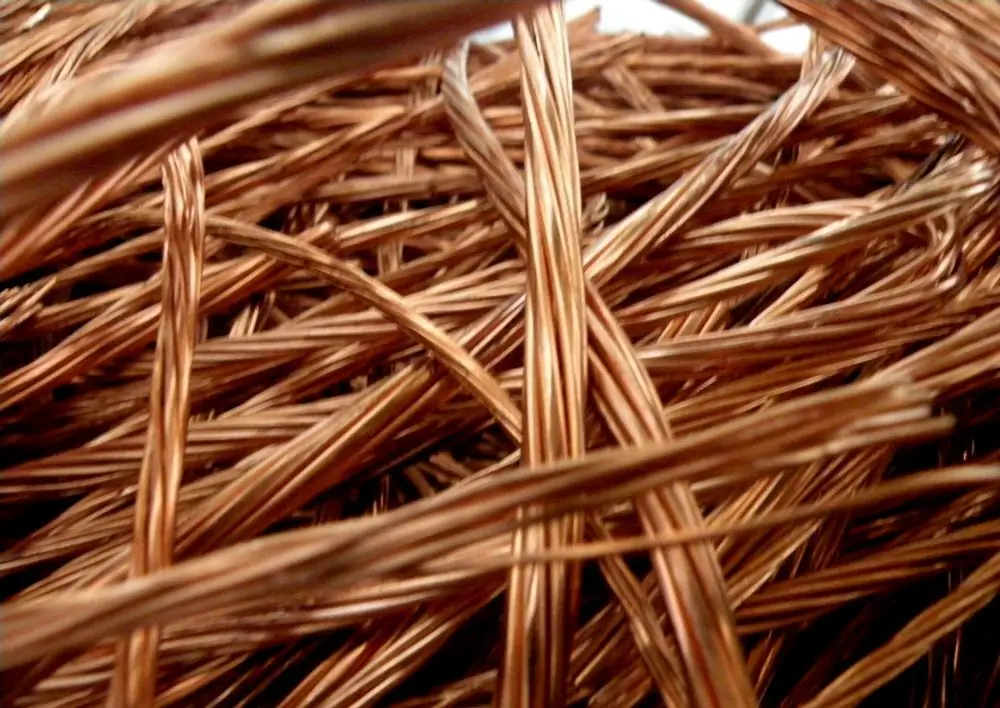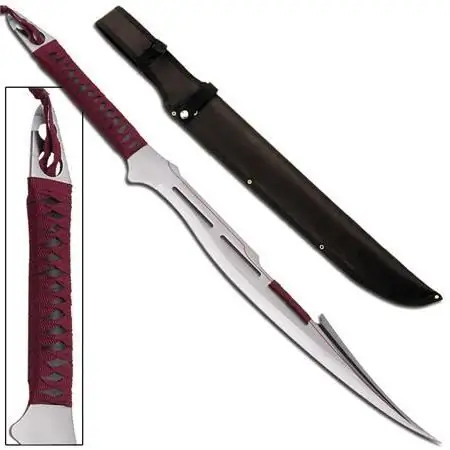2026 Author: Howard Calhoun | [email protected]. Last modified: 2025-01-24 13:10:29
Making Damascus steel is a very laborious and lengthy process that requires a lot of experience and knowledge of blacksmithing. In the technology of creation, high quality of the product is ensured due to the optimal alternation of layers differing in parameters. Low-carbon steels are used as a softening substrate between layers containing a high percentage of carbon. Due to this combination, Damascus steel acquires a special sharpness and hardness.
History of occurrence
Damascus steel blades are never made in large numbers. They always exist in a single instance and are distinguished by a unique structure that cannot be compared.

Damascus steel today is, first of all, the extraordinary quality and ingenuity of the master. The name of this alloy comes from the city of Damascus, located in Syria, which was the largest center of a wide variety of crafts in the Middle East. However, there is also an opinion about the invention of this alloy in India. For the first time, Europeans saw products from this steel in Damascus, since then the alloy has been called "Damascus steel", under whichis used at the present time. The technological process was very complex, and the secret of its manufacture was very carefully guarded. This explains the very high cost of weapons made from Damascus alloy. By the nature of the product, you can determine the master who made it. Each blacksmith has his own characteristic style and "handwriting" with the secrets of heat treatment.
Creation process
Damascus steel, the production of which consists in the correct choice of steel grades, knowledge of their chemical composition, high-quality processing, is characterized by an unusual blade pattern.

The group of Damascus steels includes refined steels and welding Damascus. The secret lies in the careful combination of plates from blanks with different carbon contents. The blanks are interconnected by welding and forging. The process can be repeated many times. The result is an alloy that combines the advantages of iron and high carbon steel. The stainless steel from which the plates are made is heated in a forge, after which the blanks are intensively forged in the forge.

Thus, a higher strength of the alloy is achieved. Next, the workpiece is forged into a plate, cut and placed again in the hearth. The process can be repeated dozens of times. Some blade blanks can have up to 500 layers of steel. To get a characteristic pattern on the blade, the blanks are etched.
Mosaic Damascus
LatelyMosaic Damascus is especially popular. Damascus steel made in this way differs from blacksmith steel in that the design of the pattern is carried out in advance by placing the profile and contrasting metals inside the workpiece. After the parts are connected by forging, a complex package is created inside the workpiece. The industrial production of Damascus steel uses the same principles as the author's Damascus.
Recommended:
Food stainless steel: GOST. How to identify food grade stainless steel? What is the difference between food stainless steel and technical stainless steel?

The article talks about grades of food grade stainless steel. Read how to distinguish food stainless steel from technical
Manufacture and installation of metal structures. Production features

Prefabricated buildings are the best option for many businesses, which is why most consumers today prefer steel structures. Production, manufacturing and installation will be carried out by special construction organizations that guarantee high-quality construction of any type of object
Corrosion resistant steel. Steel grades: GOST. Stainless steel - price

Why metal materials break down. What are corrosion-resistant steels and alloys. Chemical composition and classification according to the type of stainless steel microstructure. Factors affecting pricing. Steel grade designation system (GOST requirements). Application area
Tinned copper: concept, composition, manufacture, characteristics and application

Tinning means to cover metal products with a thin layer of tin, which in turn prevents the process of oxidation of metal surfaces. But if we take into account the maintenance of the soldering iron, then the process is slightly different
440 steel - stainless steel. Steel 440: characteristics

Many people know 440 steel. It has established itself as a reliable, anti-corrosion, time-tested hard material, which is most often used for the manufacture of knives for various purposes. What is the secret of this alloy? What are its chemical, physical characteristics and applications?

